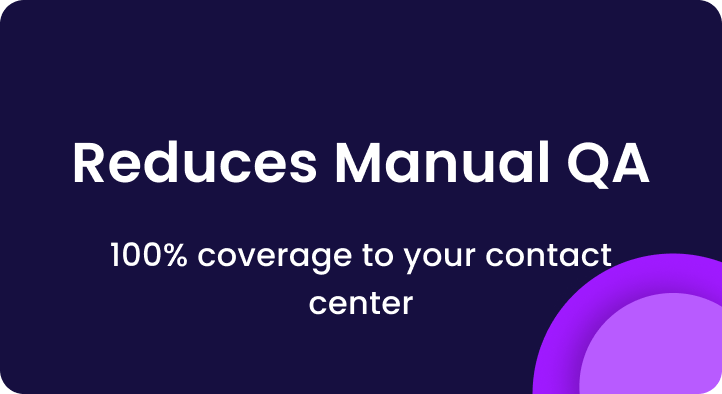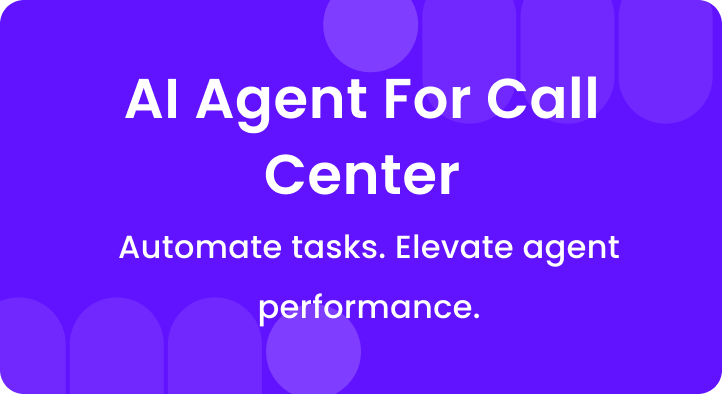We have all been in a situation where a product or service we use frequently has an issue.
With no way to fix it, we call the contact center for help, only to have to navigate through a maze of robotic voices asking us to press some numbers to reach the support staff.
Sounds frustrating, right?
Well, most customers feel the same way, and dread having to get in touch with customer service.
Thankfully, there is a way out.
Today, contact center technology has come a long way and includes features that can significantly improve customer experiences.
Instead of having manual routing and protocols, you can offload the entire activity to automated systems, cutting down on wait times and ensuring that your teams work effectively to address customer concerns.
But what exactly are these contact center technologies? What tools and mechanisms are used to boost customer service operations? This blog explores them all.
A. What is Contact Center Technology?
A contact center is a department that handles almost all kinds of customer complaints and support requests – be it on call, email, social media, online chat, or any other channel. Thus, it goes beyond a mere call center, empowering your business to improve customer interactions no matter which channel they contact you on.
From the moment a customer reaches out, this tech starts working behind the scenes.
Be it connecting them with the right person, providing accurate information, or even anticipating their needs, it helps you manage end-to-end customer communications.
So, whether you are running an inbound, outbound, or blended contact center, these tools play a crucial role in helping you improve productivity and overall outcomes from these operations.
B. Types Of Contact Center Technology

To capture information and manage operations from multiple customer service channels, contact center technology often includes tools like:
1. Interactive Voice Response (IVR)
Automated systems that interact with callers through voice and keypad inputs, routing calls efficiently and providing self-service options.
2. Customer Relationship Management (CRM)
A centralized hub for managing customer interactions, storing customer data, and providing insights for personalized service.
3. Workforce Management (WFM)
A software that is typically used for optimizing productivity, which can include automating call forwarding, forecasting call volumes, and more.
4. Voice over Internet Protocol (VoIP)
A cloud-based technology that delivers voice communications over the Internet, VoIP phone systems offer extensive flexibility and cost savings compared to traditional phone lines.
5. Omnichannel Solutions
A tool that brings together customer interactions across various channels like phone, email, chat, and social media into a single platform, enabling you to simplify analytics and customer service activities.
6. Speech Analytics
A contact center solution that uses AI to analyze call recordings to gauge crucial parameters like customer sentiment, agent performance, and other metrics.
This helps to provide data-driven customer and sales coaching to the contact center staff.
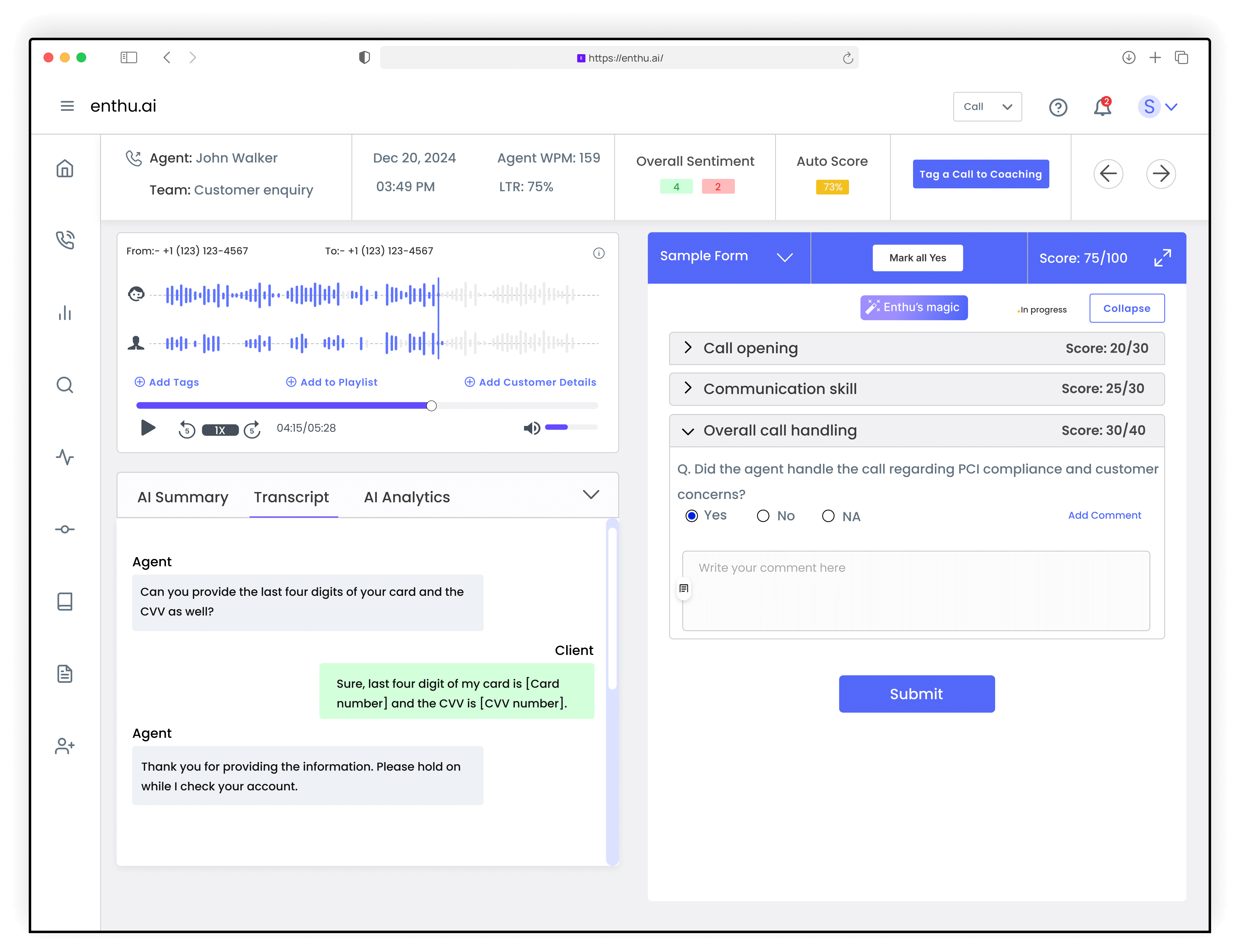
7. Chatbots and AI Assistants
Chat-based solutions that can help automate routine inquiries on the website or within an app.
These solutions typically provide quick answers to the customer and can escalate the inquiry to a human agent as needed.
8. Predictive Dialer
A standard feature in any call center technology that dials potential customers, increasing agent talk time and overall efficiency.
9. Quality Management Software
Records and evaluates agent interactions to ensure quality standards are met, similar to speech analytics tools.
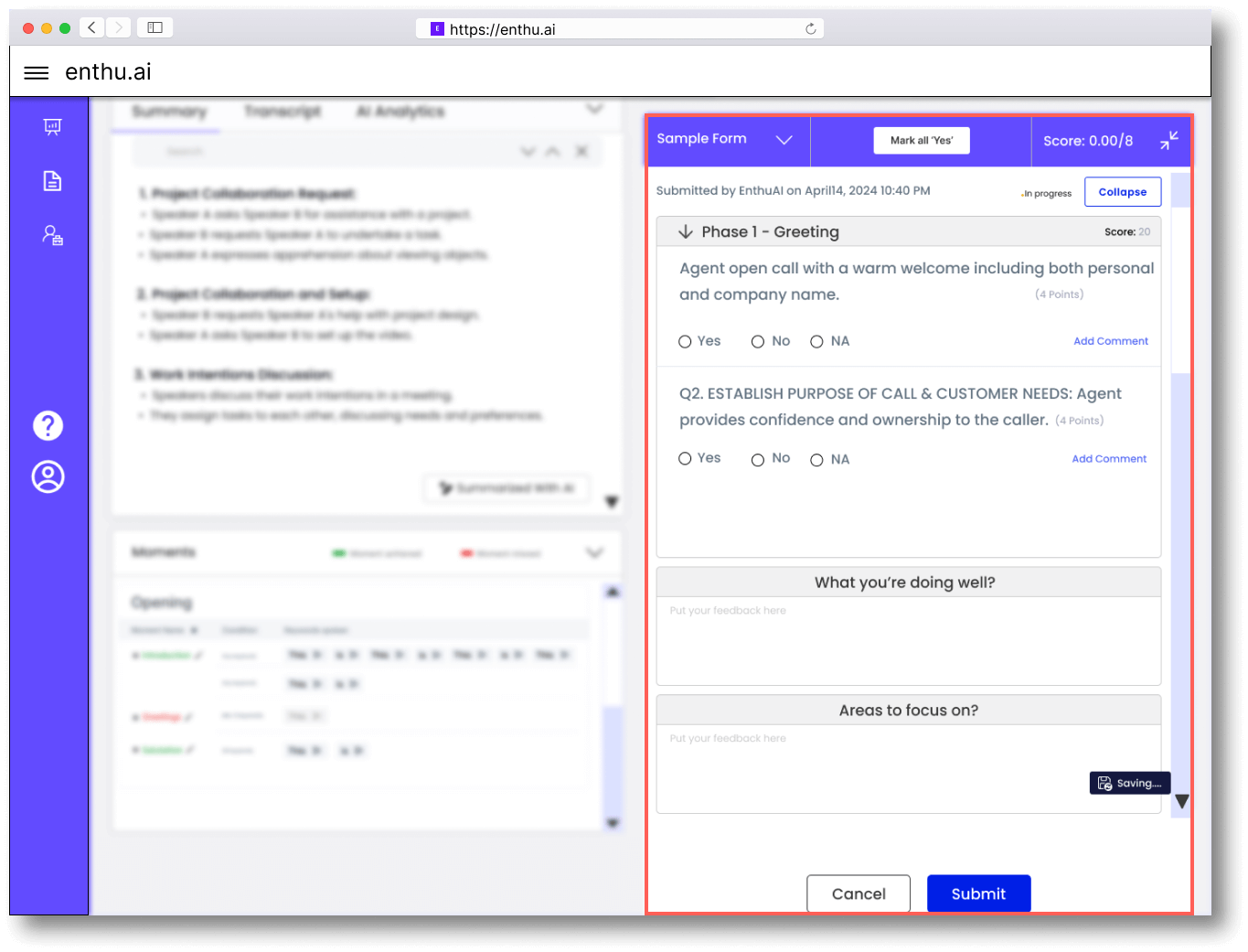
10. Robotic Process Automation (RPA)
Technology that can help automate repetitive tasks, especially in call routing or routine administrative activities, freeing up agents to focus on higher-value interactions.
11. Data Analytics and Reporting
Tools and reporting features that help you gather insights from the entire contact center operations, including performance, agent productivity, and customer feedback.
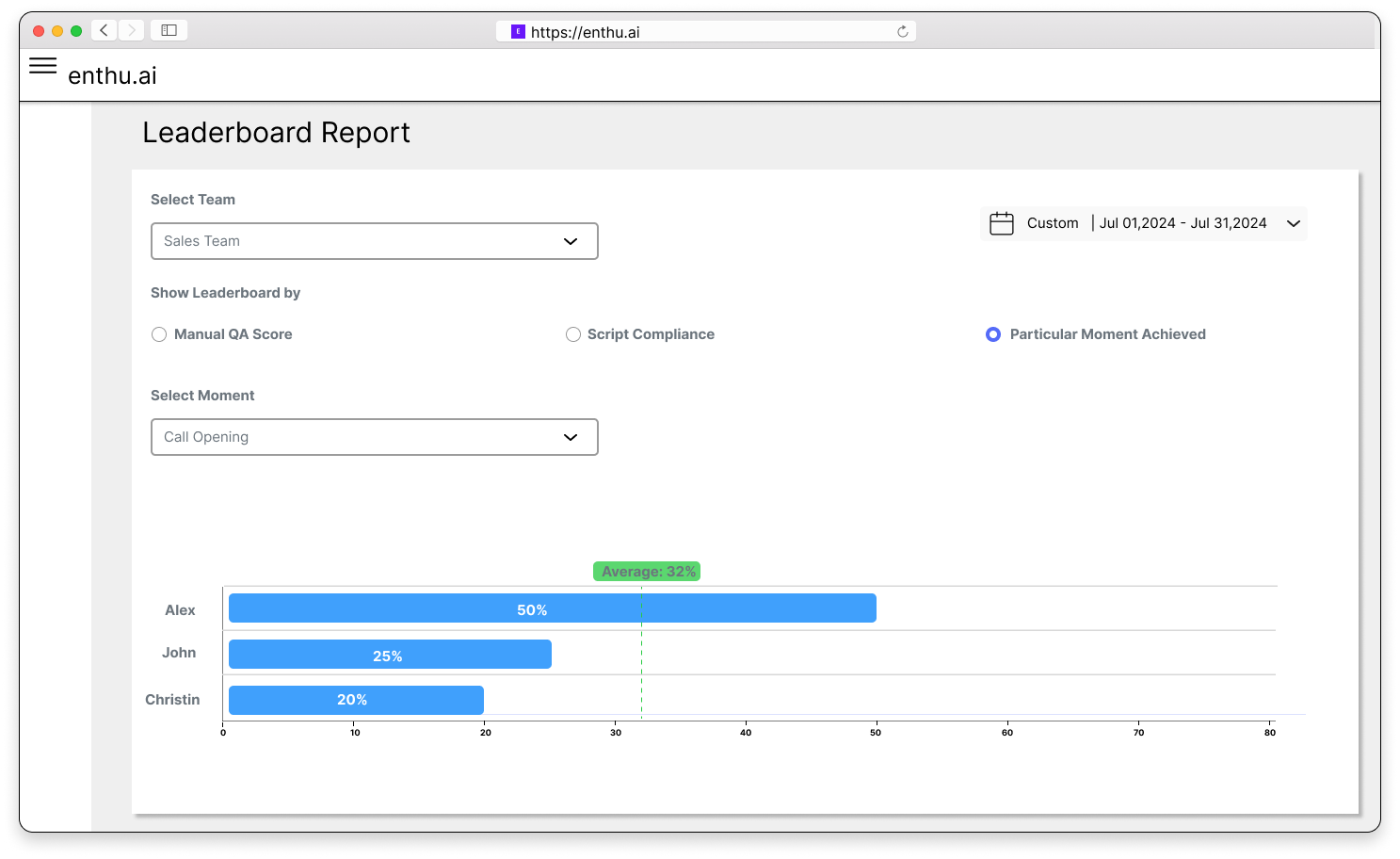
C. Benefits Of Implementing Contact Center Technology
Since contact centers go beyond the simple call or messaging option, they provide customers the convenience of getting in touch using the platform of their choice.
So depending on the complexity and urgency of their issue, they can pick the option that suits them.
This has several benefits for your business, including:
1. Enhanced Customer Experience

By using these technologies, you can streamline and manage customer interactions across multiple channels.
This improves overall customer experience (CX) and helps you gain insights into agent performance and overall customer satisfaction (using metrics like Net Promoter Score, CSAT score, etc.)
2. Improved Efficiency And Productivity
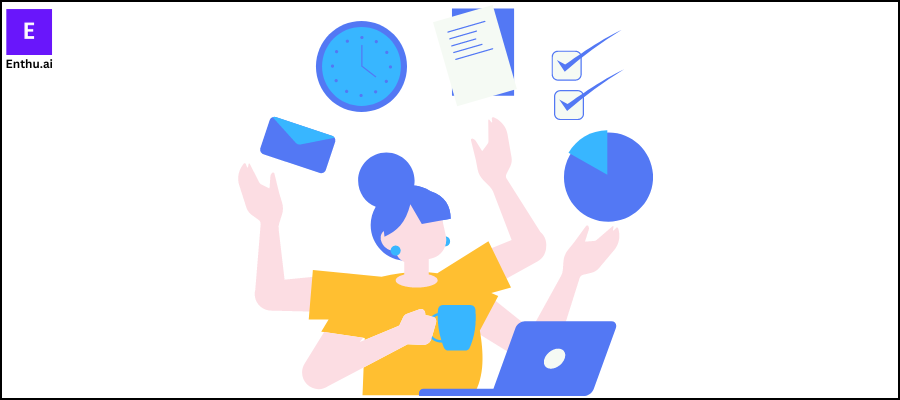
Leverages several AI-powered tools and RPA features, which help handle repetitive tasks and create efficient workflows.
This frees up agents to focus on customer interaction and resolution rather than managing administrative tasks.
Plus, with WFM tools, agents can be assigned tasks according to availability and complexity, maximizing overall productivity.
3. Cost Savings
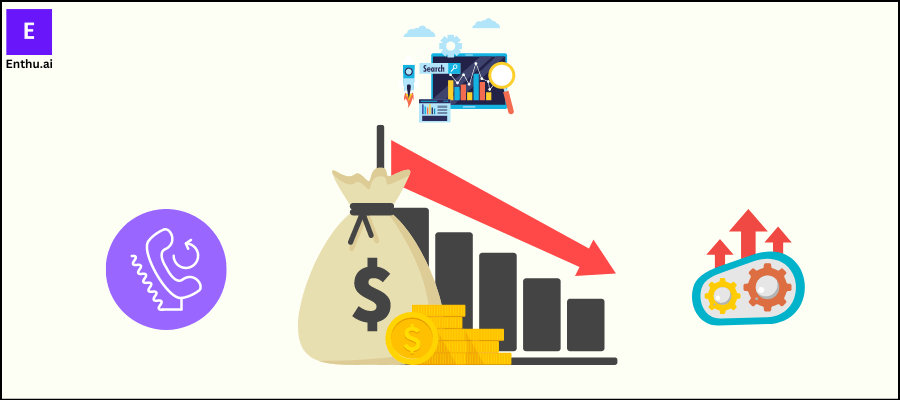
This technology automates processes and improves customer experiences; it also helps provide detailed analytics and track metrics across multiple channels.
This enables the contact center to improve quality assurance and provide data-driven sales training, two crucial factors for generating more revenue and improving existing customer experiences.
D. Trends Shaping The Future Of Contact Center Technology
We are witnessing a constant shift to adopt artificial intelligence (AI) and robotic automation in business processes, and the contact center cannot be left behind in this race.
Thus, call center technology is witnessing an increasing push towards areas like:
1. Personalization In Customer Interactions

Although AI chatbots and AI-based analysis are already being implemented, the future will witness AI becoming more personalized and impactful.
You’ll be able to use natural language to have this agent help you with scheduling, communications, and e-commerce, and it will work across all your devices.”
Thus, contact centers will be able to create more personalized experiences for their customers by using conversation intelligence, a subsection of AI that learns from each new customer interaction and considers their preferences and behaviors.
With AI and deeper analytics, the future of customer experience will be highly engaging, relevant, and tailored to the needs of the customer.
2. Integration Of Big Data And Analytics
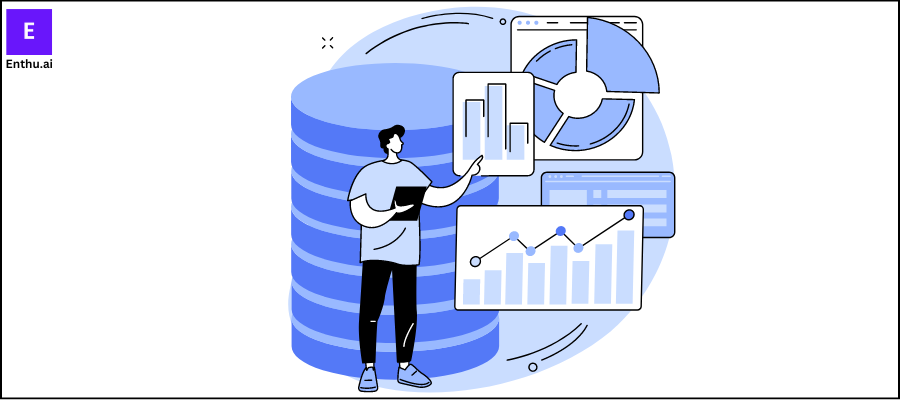
The key to personalized experiences and highly accurate targeting is the use of customer insights and data.
Already, contact centers are using call monitoring and speech analytics to help them provide data-driven insights to their agents, improving overall customer interactions.
But with more granular data capturing and advanced Big Data analytical tools, the level of insights will only increase.
This can help contact centers gain valuable insights into understanding their customers’ needs and optimizing their operations to improve customer satisfaction.
3. Rise Of Remote Contact Centers
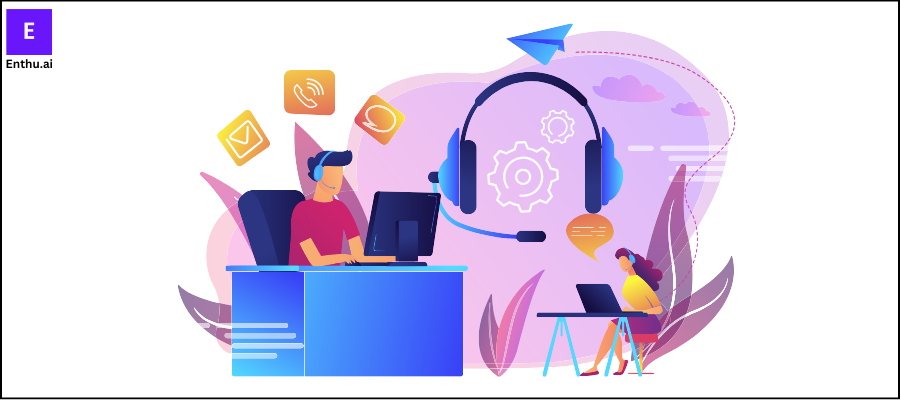
Since the pandemic, every industry has witnessed a shift towards remote work, and contact centers are no exception.
While most contact centers right now operate close to the customer’s home base, that may not be the case in the next few years.
Contact centers will be able to operate in a remote environment, using cloud-based solutions and apps to equip each agent with all the tools they need, no matter where they are.
This allows contact centers to offer greater flexibility and access to a wider talent pool.
Conclusion
A contact center has evolved from the traditional call-handling approach.
Thus, organizations need to factor in the additional channels and leverage the latest technological advancements from IVR to AI-powered chatbots to truly drive business growth.
The benefits of contact center technology are clear—improved efficiency, cost savings, and, most importantly, enhanced customer experiences.
However, the ultimate goal is not just to create a seamless integration for all your channels but to prioritize improving customer experience to build a lasting relationship with your consumers.
If you are looking for a contact center technology provider that can help you manage your entire customer service operations, Enthu.AI might be the perfect choice.
This one-of-its-kind call monitoring and auditing software doesn’t just help with call center technology but also provides native integrations with the world’s leading tools.
This allows you to gain in-depth call analysis and agent coaching features while integrating with dialers, video conferencing tools, and popular CRM tools to help you gain the best out of your contact center technology.
Thus, you can streamline operations, improve agent performance, and ensure the highest level of customer support for your brand.
FAQs
1. What is the difference between a contact center and a call center?
While these terms are often used interchangeably, they do not represent the same technology. A call center primarily focuses on handling inbound and outbound voice calls only. Contact center technology, on the other hand, helps you manage all your communication channels, including email, chat, social media, and more.
2. Is a contact center software part of the CRM?
In most cases, contact center technology and Customer Relationship Management (CRM) tools work in parallel. CRM focuses on managing customer relationships and data, making it ideal for sales or handling specific customer interactions through various channels. Contact center technology is focused on improving customer experience, making it an integral part of customer support and issue resolution.
3. What are the four elements of a contact center?
The four elements of a contact center are:
- Agents: The workers handling operations, customer inquiries, and issues.
- Technology: The software and hardware that power the contact center, including IVR, CRM, and communication tools.
- Processes: The structured workflows and procedures that guide agent interactions and operations.
- Data: The information collected from customer interactions is used for analysis and improvement.
4. What is contact center technology?
Contact center technology refers to the tools and systems used to manage customer interactions across various communication channels like phone, email, chat, and social media to streamline operations, improve agent performance, and enhance CX.
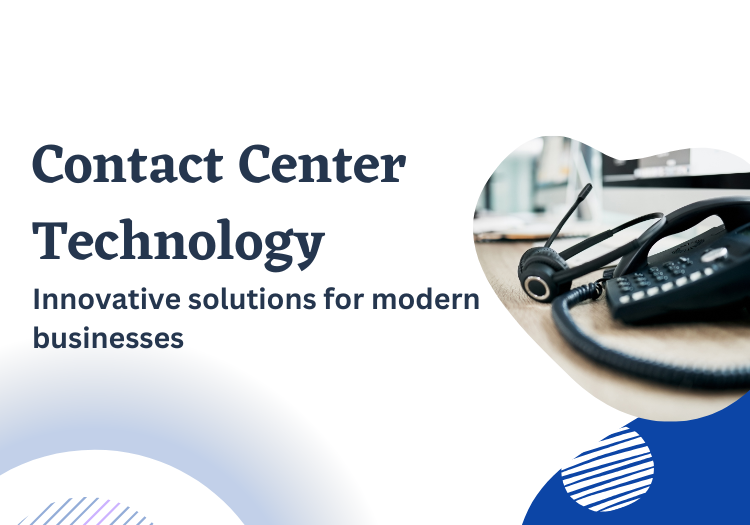
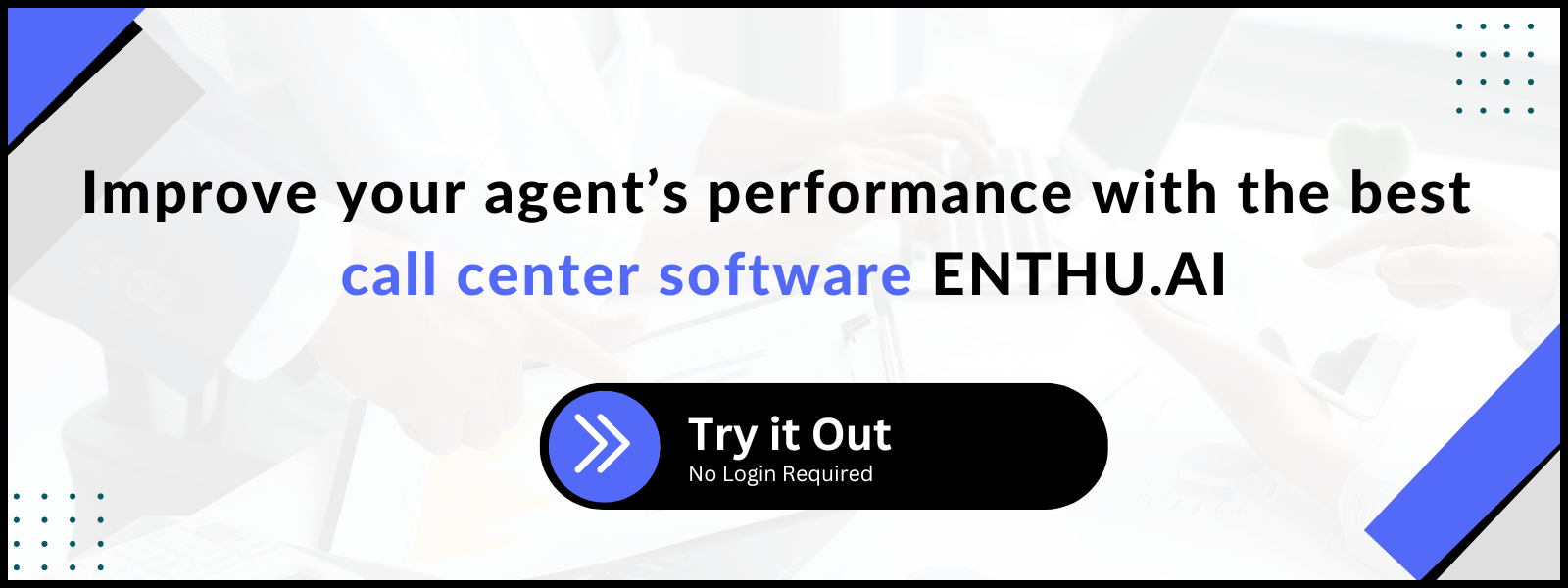


 On this page
On this page